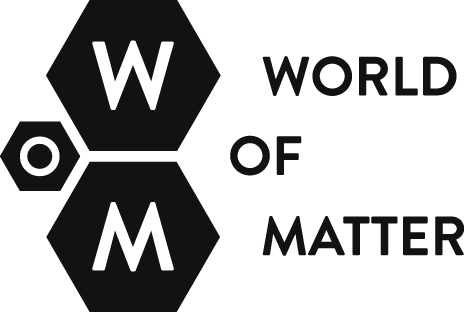We were given permission to work in the National Gallery’s former carport, in the middle of a swamp and baptized as Universal Studios by three woodcarvers: Mr. Bisi, Mr. Monday and Mr. Babatunde. Our minimal intervention proved to be a painstaking procedure. Nigeria’s sweet crystals were more difficult to shape into a stable substance than the ones we were accustomed to in Europe. Our deduction that the fortification had altered the material characteristics was confirmed when we found out that local Coca Cola factories had their sugar delivered without vitamin, because it changed both the colour and the taste and reduced shelf life. Due to the tropical humidity, the already brittle sugar blocks refused to dry out, transforming themselves from sharp white cubes into grimy sagging lumps, with little trace of right angles.
MINIMAL INTERVENTION
Artist/Author: Lonnie van Brummelen / Siebren de Haan
The second rainy season had just begun, with water coming down in buckets almost every day. The corrugated roof leaked everywhere, and if we were not careful, raindrops bored brown holes into the white surfaces. An artificial sun, jerry-built from construction lights and welding wires, offered a solution, but it attracted hordes of insects, whose scorched remains were left in the sugar as fossils. The drying unit didn’t work when the Nigerian Electric Power Agency system failed, which was on a daily basis. By now, the NEPA had been dubbed, Never Expect Power Again. Half of the unit could be hooked up to a generator, but this required fuel. Despite Nigeria’s giant oil fields, petrol was imported and pretty expensive. Although there was always someone around to give us good advice and helping hands were present in abundance, manufacturing the blocks progressed with agonizing slowness. Gradually, we began to comprehend why it was so difficult here to set up a production line.


